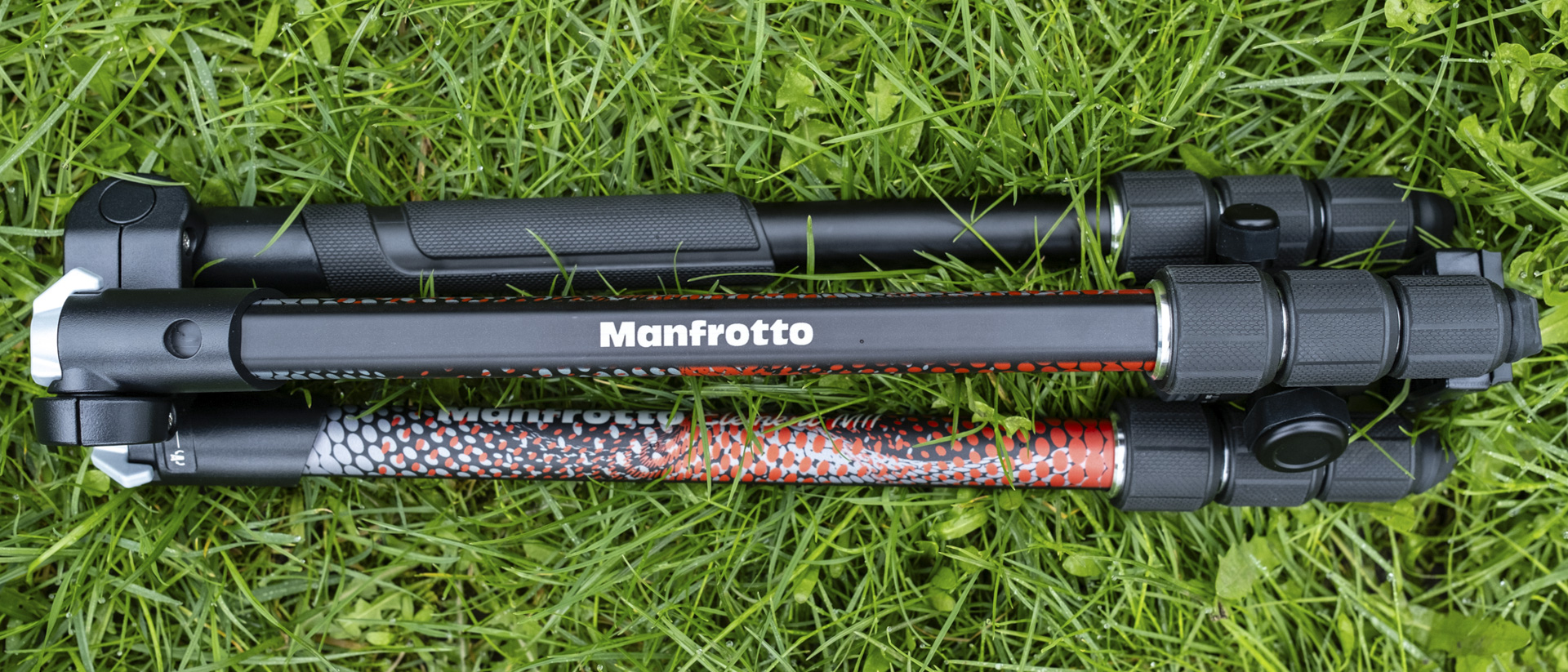TechRadar Verdict
The Manfrotto Element MII Aluminium is one of the best low-cost travel tripods from a well-known manufacturer which makes it an attractive model for beginners and those on a budget. The maximum payload of the tripod is low at 17.6lbs / 8kg and you wouldn’t want to attach a camera set up close to this weight, but the MII performs well with lighter camera and lens combinations.
Pros
- +
Great price
- +
Reasonably tall
- +
Twist locks on legs
Cons
- -
Heavy for its size
- -
Low maximum payload
- -
Basic features
Why you can trust TechRadar
Manfrotto Element MII Aluminium: two-minute review
Coming in at the cheaper end of travel tripods, the Manfrotto Element MII Aluminium is a budget option that does exactly what it’s designed for with a no-frills approach. I can appreciate that this may make the MII sound a little lacklustre but in all honesty, for the modest sum of just $155 / £109 / AU$259 at the time of writing, it’s undeniably great value for money that makes it an attractive travel tripod for beginners and those on a budget.
Not everyone has a huge budget for photographic accessories after buying expensive cameras and lenses. Not to mention, for many photographers, a small and fairly lightweight travel tripod that provides standard camera support is more than enough, making additional features superfluous. The great thing about the MII is that you get a basic and inexpensive tripod from a well-respected manufacturer.
The MII is undoubtedly well-made and can’t be faulted in this respect, although being a budget model it’s not made to the same standards as more expensive travel tripods. However, a sensible quality / value balance has been struck. As the name suggests, the MII is made of aluminum, which is a heavier material than carbon fiber so despite its compact size it weighs 3.4lbs / 1.55kg.
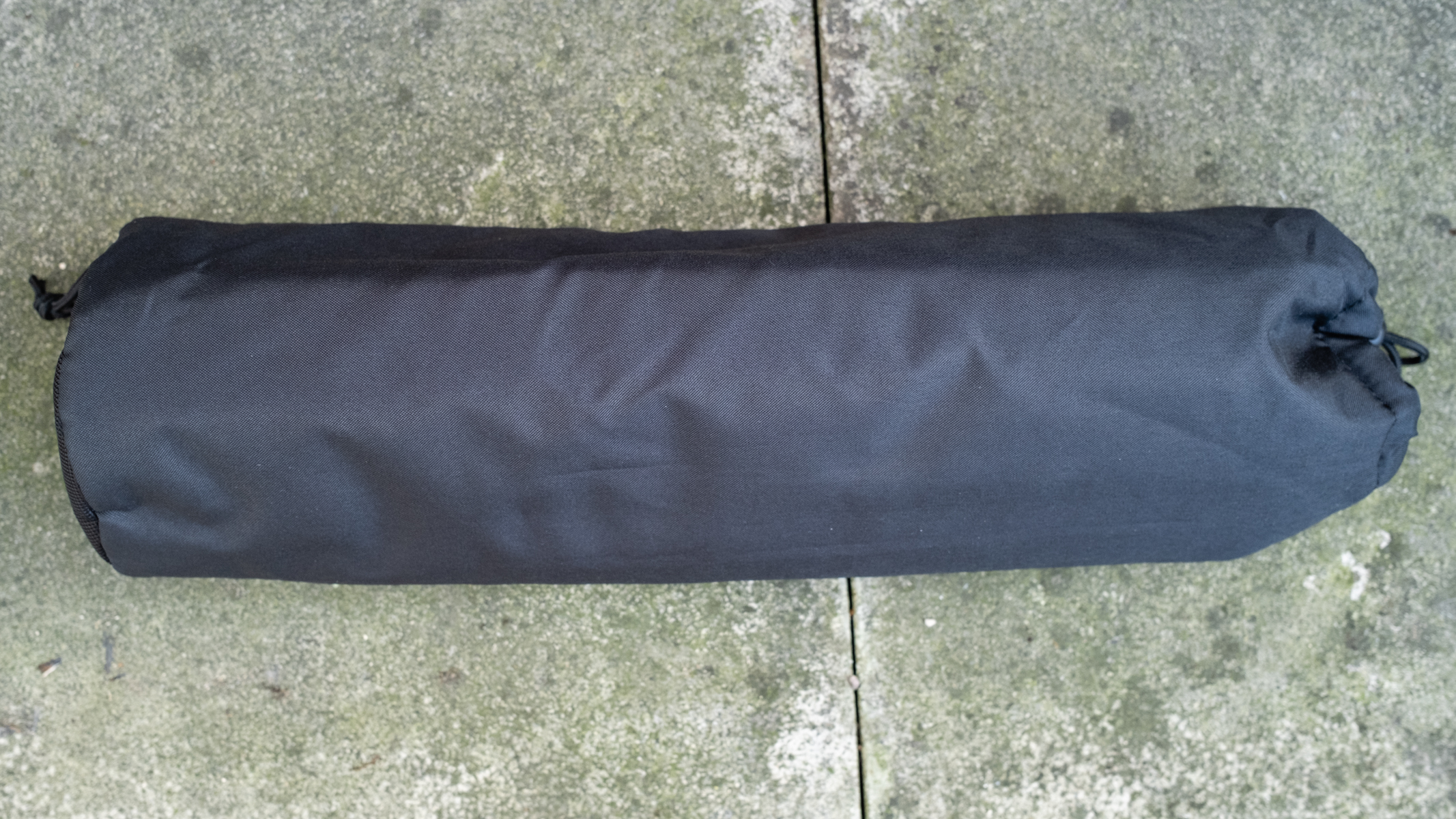
Its weight is mid-range for travel tripods, so it’s not a dealbreakingly heavy and fairly light considering it’s an aluminum tripod. Plus, the slightly more expensive carbon fiber version only weighs 7oz / 200g less.
Adding further metaphorical weight behind the MII, it’s fairly compact when folded at 16.5 / 42cm with an impressive maximum height of 63in / 160cm with the center column extended, and a minimum height of 17in / 43cm.
You can also shoot at lower levels than this by removing the screw-in bung / hook at the bottom of the center column and inserting it into the legs upside down. The center column hook is an extremely useful accessory, particularly with lighter travel tripods, because it allows you to hang your kit bag from the hook to increase stability when required, such as in windy conditions where the tripod may otherwise get blown over.
The maximum payload of 17.6lbs / 8kg comfortably supports a camera and a 70-200mm lens. You wouldn’t want to push too far beyond a camera and lens combo like this because the ball head can slip with heavier set-ups.
Sign up for breaking news, reviews, opinion, top tech deals, and more.
Looking at the design of the MII, it’s fairly basic with just two leg angles available using twist lock mechanisms unique to Manfrotto at the top of the four section legs. Otherwise, there's no particular additional features or functionality to speak of


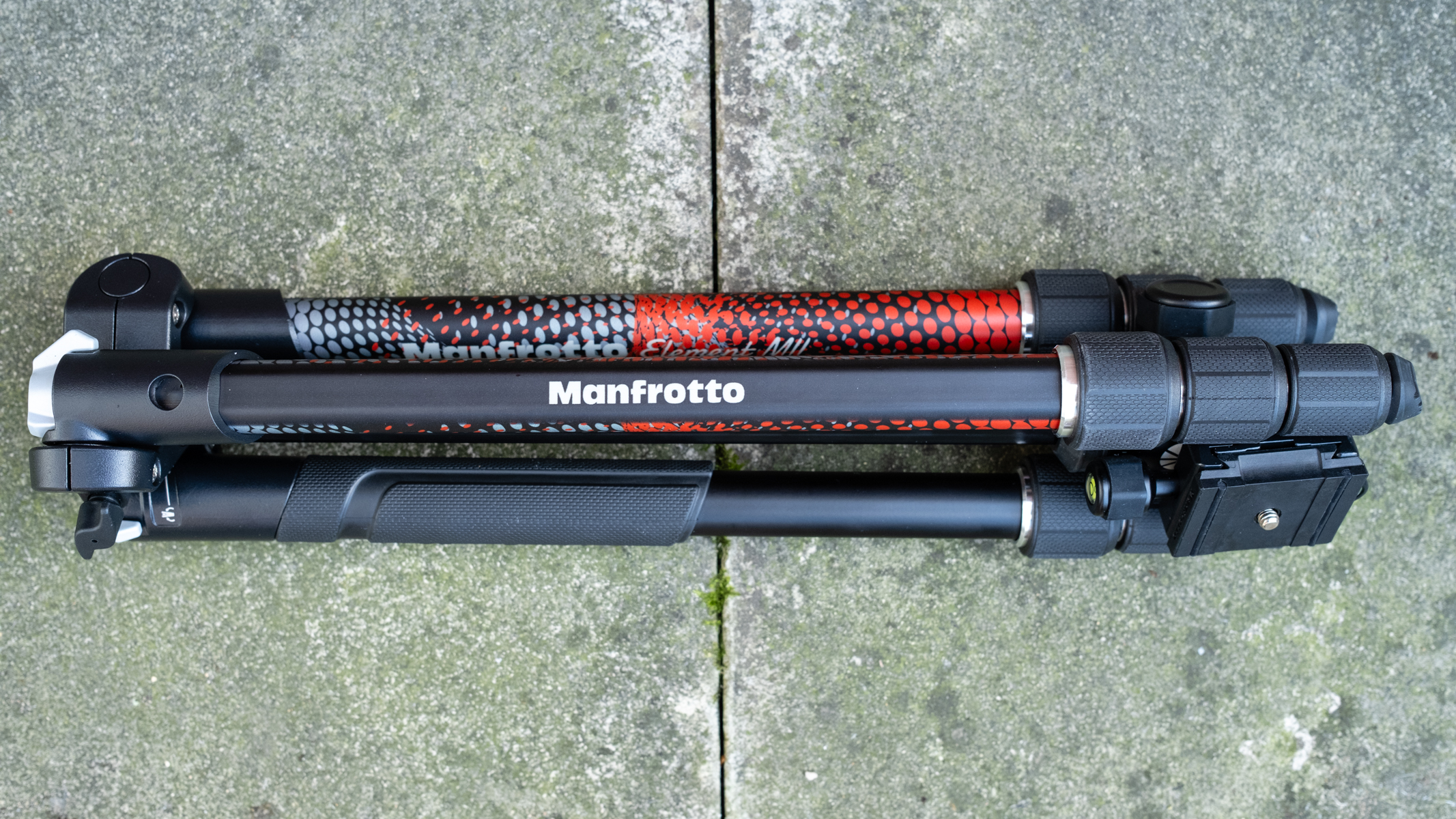
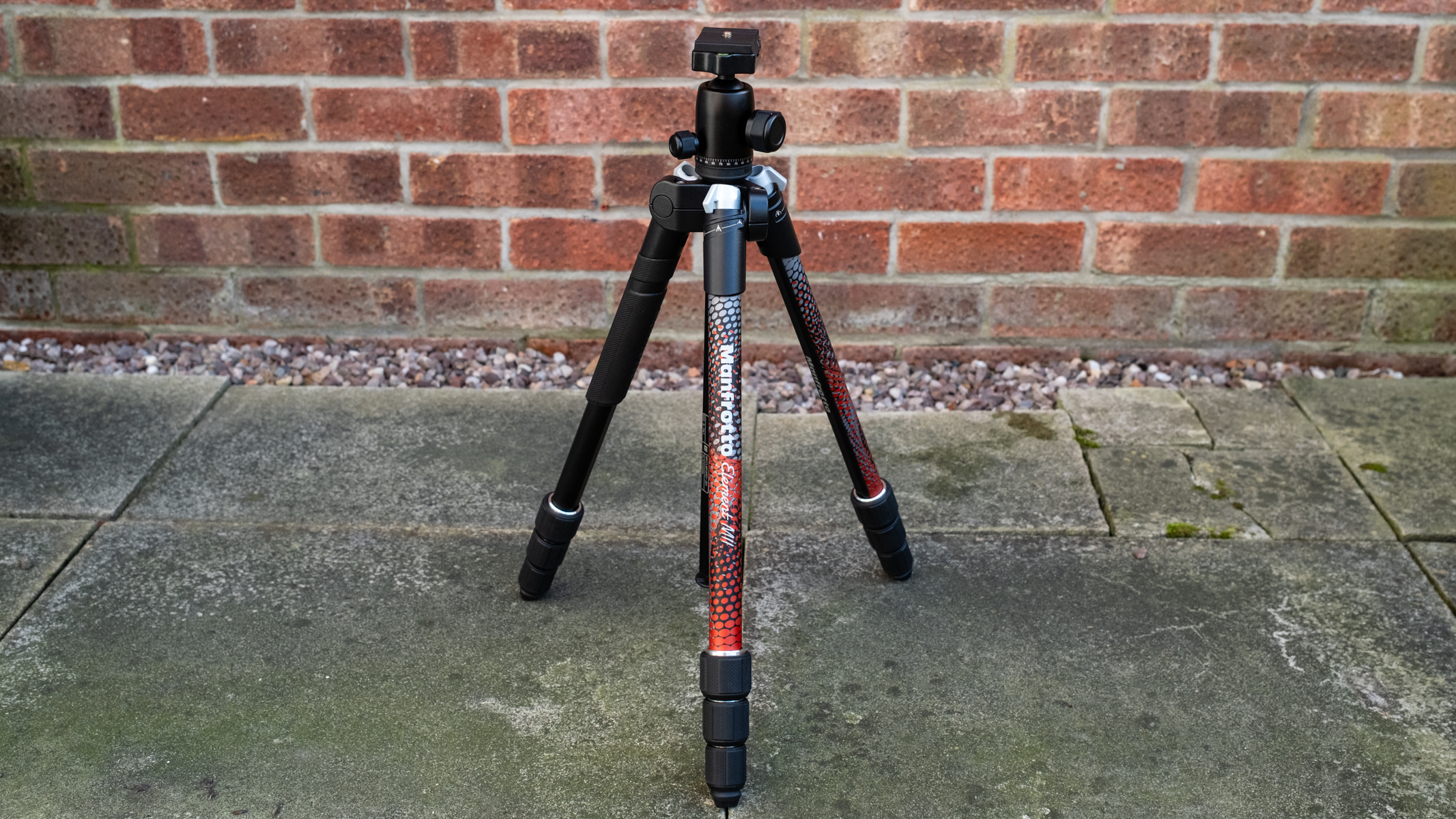
Simplicity may sound like a negative and, of course, additional features are always welcome in any tripod to increase its effectiveness in a wider range of scenarios. But simplicity when combined with the effectiveness of support in a compact and lightweight travel tripod can be a huge positive. The MII is quick and easy to use, and this ultimately comes down to the simplicity of the design and features.
The MII can’t be faulted in the support it provides in a lightweight package, and it packs down small for transportation which is exactly what most people want in a travel tripod. There is a small amount of flex in the legs when at their full extension, but the M11 maintains adequate stability and depending on your preference, it’s available with red, blue or black graphics on the legs.
Moving on to the ball head – this is a small and lightweight option that fits the overall size of the tripod perfectly, but it can be swapped if you need to use a different type of tripod head for any reason. The overall design of the head is simple with just the pan control and a main knob for adjusting the ball mechanism.
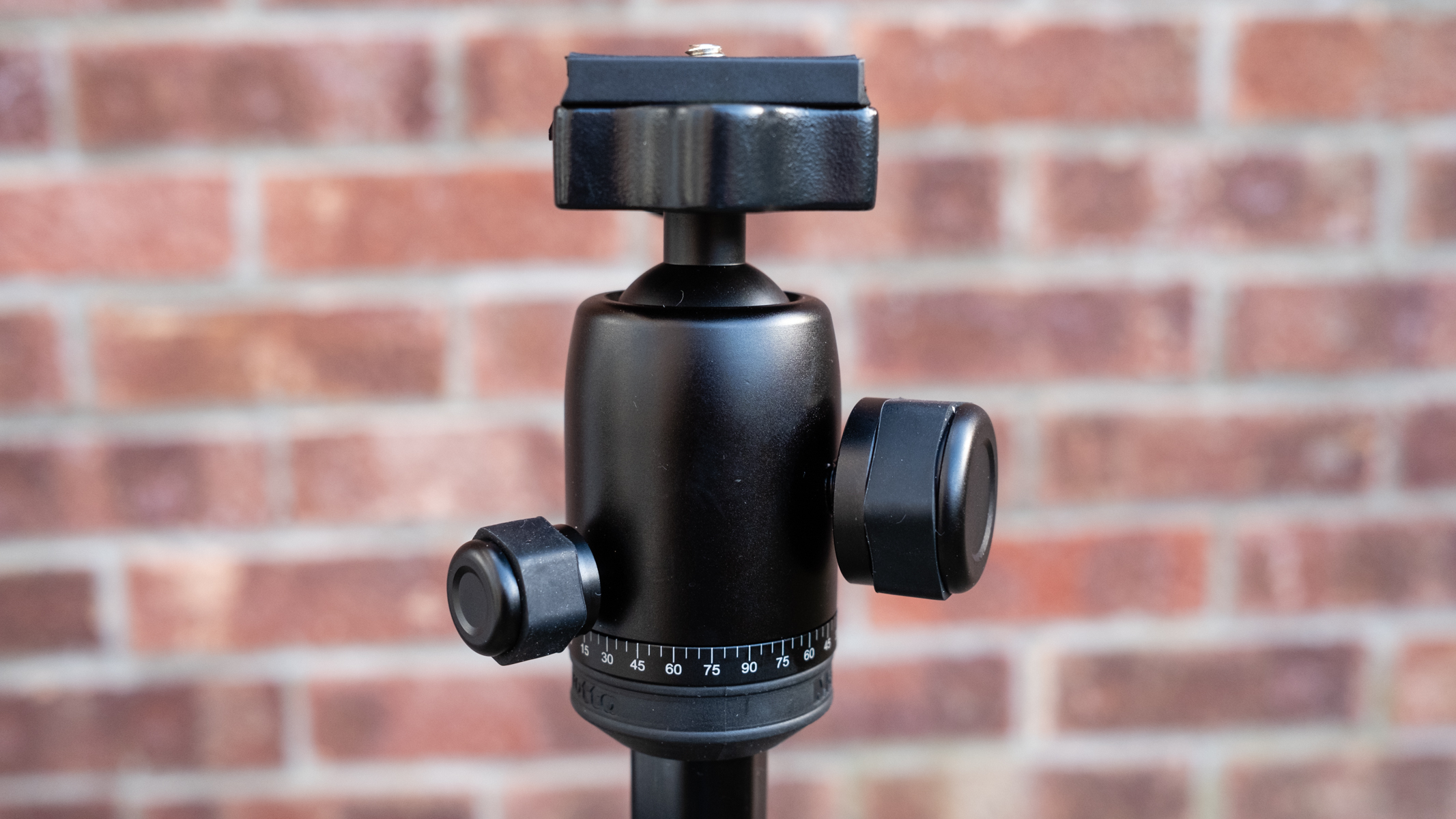
The ball head isn’t as robust as the heads that come with more expensive travel tripods and can’t support as much weight. In its favor, it uses the popular Arca Swiss-style plate compatible with L brackets – impressive for such a budget model – while some other Manfrotto tripods use a less versatile Manfrotto 200PL Quick Release Plate that can't be easily used with an L bracket.
Overall, the Manfrotto Element MII Aluminium is a great travel tripod at the budget/beginner end of the market and is well-made for the low price. It’s never going to be as effective as more expensive alternatives, but its simple design and functionality is sufficient for lighter camera and lens combinations – fulfilling its fundamental task admirably.
Should I buy the Manfrotto Element MII Aluminium?

Buy it if...
You’re on a tight budget
At just $155 / £109 / AU$259, the MII is an incredibly cost-effective option and is one that can still provide many years of faithful service.
You’re a beginner
In the early days of your photographic journey, there’s a lot of gear that you need to buy – a budget travel tripod from a respected manufacturer is going to meet several of your needs at this stage without a huge outlay.
You only need a basic travel tripod
Some photographers only require a travel tripod that keeps lightweight camera setups supported in what you might call standard scenarios - for which the MII is a tripod worth considering.
Don't buy it if...
You need a more robust model
The MII is an impressively well-made tripod for the price, but its maximum payload and ability to support heavier camera and lens combinations is bettered by some expensive alternatives.
You need a tripod with a monopod leg
Some travel tripods have a removable leg that can double up as a monopod, but the MII isn’t one of those models.
You need a taller travel tripod
With a maximum height of 63in / 160cm the MII is impressively tall considering its folded size, but there are even taller and more fully featured travel tripods available.
How I tested the Manfrotto Element MII Aluminium
The Manfrotto Element MII Aluminium was tested over a period of time using several different camera and lens combinations to test how the tripod stood up to standard use in travel-oriented scenarios. Cameras used included a premium compact, an APS-C mirrorless camera and a full-frame mirrorless camera. The tripod was also carried around with other photographic kit in my f-stop backpack to evaluate performance over longer shoots such as landscapes.
With nearly 30 years of photographic experience and 15 years working as a photography journalist, I’ve been covering photographic accessories such as tripods for many years. As a professional photographer, I frequently use a range of accessories to enhance my photography and bring my real experience of using these to reviews where I can consider how effective photographic accessories are from both a professional and an enthusiast point of view.
First reviewed March 2024

James Abbott is a professional photographer and freelance photography journalist. He contributes articles about photography, cameras and drones to a wide range of magazines and websites where he applies a wealth of experience to testing the latest photographic tech. James is also the author of ‘The Digital Darkroom: The Definitive Guide to Photo Editing’.
